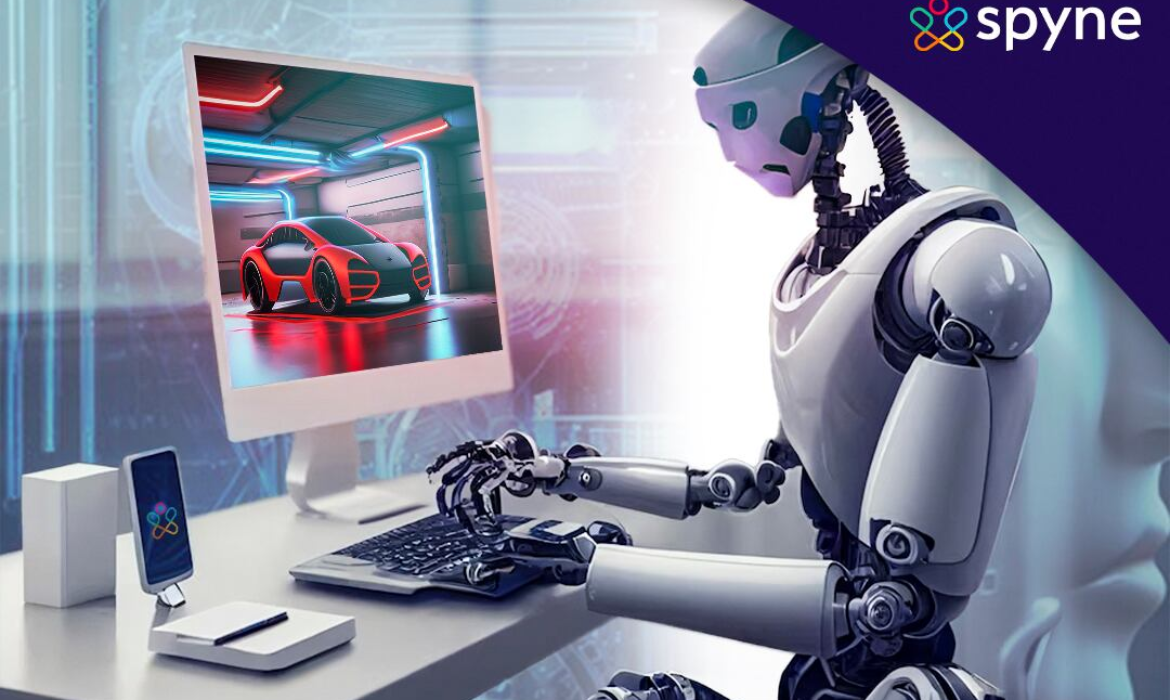In the dynamic world of digital imagery, the need for high-quality visuals is paramount, especially in industries like e-commerce where product presentation is a critical factor influencing consumer decisions. As businesses strive to create visually compelling content, the process of image retouching has traditionally posed challenges in terms of time, consistency, and quality. However, with the advent of artificial intelligence (AI), a transformative shift is occurring, where automation is revolutionizing the retouching landscape. This article delves into how AI is reshaping image retouching, bringing forth unprecedented advantages in speed, consistency, and overall quality.
The Need for Automation in Image Retouching:
Contents
Manual image retouching, while effective, often falls short when faced with the demands of today’s fast-paced industries. The process involves skilled graphic designers meticulously editing each image, a time-consuming endeavor that becomes impractical when dealing with a high volume of images. Furthermore, the human element introduces the possibility of errors and inconsistencies, impacting the final output’s quality. Enter AI, with its ability to analyze, learn, and replicate intricate retouching processes, promising to streamline and enhance the entire workflow.
Speed in Image Retouching:
One of the primary advantages of AI-powered image retouching is its remarkable speed. Traditional methods may take hours or even days to process a large batch of images, causing delays in marketing campaigns and product launches. AI algorithms, on the other hand, can analyze and retouch images at a fraction of the time, ensuring that businesses can meet tight deadlines without compromising on quality. This acceleration in the retouching process can significantly boost overall operational efficiency.
Consistency Across Image Sets:
Consistency is a hallmark of a strong brand identity. Manual retouching processes often struggle to maintain a consistent look across a myriad of product images. AI, however, excels in replicating a predefined style or standard across a vast number of images. Whether it’s color correction, background removal, or detail enhancement, AI ensures that each image adheres to the established aesthetic guidelines, reinforcing brand identity and trust among consumers.
Quality Enhancement through AI:
AI’s ability to understand and learn from vast datasets translates into a sophisticated approach to image enhancement. Neural networks and machine learning algorithms empower AI to recognize patterns, correct colors, and refine details with a precision that rivals or even surpasses human capabilities. The result is not just faster processing but an elevation in the overall quality of retouched images, meeting and often exceeding industry standards.
Implementing AI-Powered Retouching:
Integrating AI into the image retouching workflow involves a strategic approach to leverage its full potential. Here are key steps to consider when implementing AI-powered retouching:
Identify Retouching Needs:
Clearly define the specific retouching requirements for your images. Whether it’s standardizing color profiles, removing backgrounds, or enhancing specific details, understanding your needs is crucial to selecting the right AI tools.
Choose Suitable AI Solutions:
Explore AI-powered retouching tools and platforms that align with your identified needs. Consider factors such as the tool’s features, ease of integration, and scalability to ensure a seamless fit into your existing workflow.
Prepare Training Data:
AI algorithms require a dataset for training. Curate a dataset of high-quality images that exemplify the desired retouching standards. This dataset serves as the basis for AI to learn and replicate the desired retouching style.
Training the AI:
Depending on the chosen tool, initiate the training process by exposing the AI to your prepared dataset. This step allows the algorithm to understand the nuances of your retouching requirements, ensuring a tailored and accurate output.
Integration with Workflow:
Seamlessly integrate AI-powered retouching into your existing workflow. Ensure compatibility with your image storage and retrieval systems, and work closely with your IT department or service providers for a smooth integration process.
Continuous Monitoring and Adjustment:
Regularly monitor the output of the AI-powered retouching process. While AI is highly accurate, periodic adjustments may be necessary to fine-tune the results and accommodate any evolving aesthetic preferences.
Conclusion:
AI-powered retouching is ushering in a new era of efficiency, consistency, and quality in the realm of image enhancement. By automating tedious and time-consuming tasks, businesses can accelerate their image processing workflows while maintaining a high level of visual coherence. The integration of AI not only addresses the challenges posed by traditional retouching methods but propels brands toward a future where striking visuals are efficiently produced, reinforcing consumer trust and loyalty in the competitive digital landscape. As industries continue to embrace AI, the realm of image retouching stands as a testament to the transformative power of technology in enhancing creativity and efficiency.





